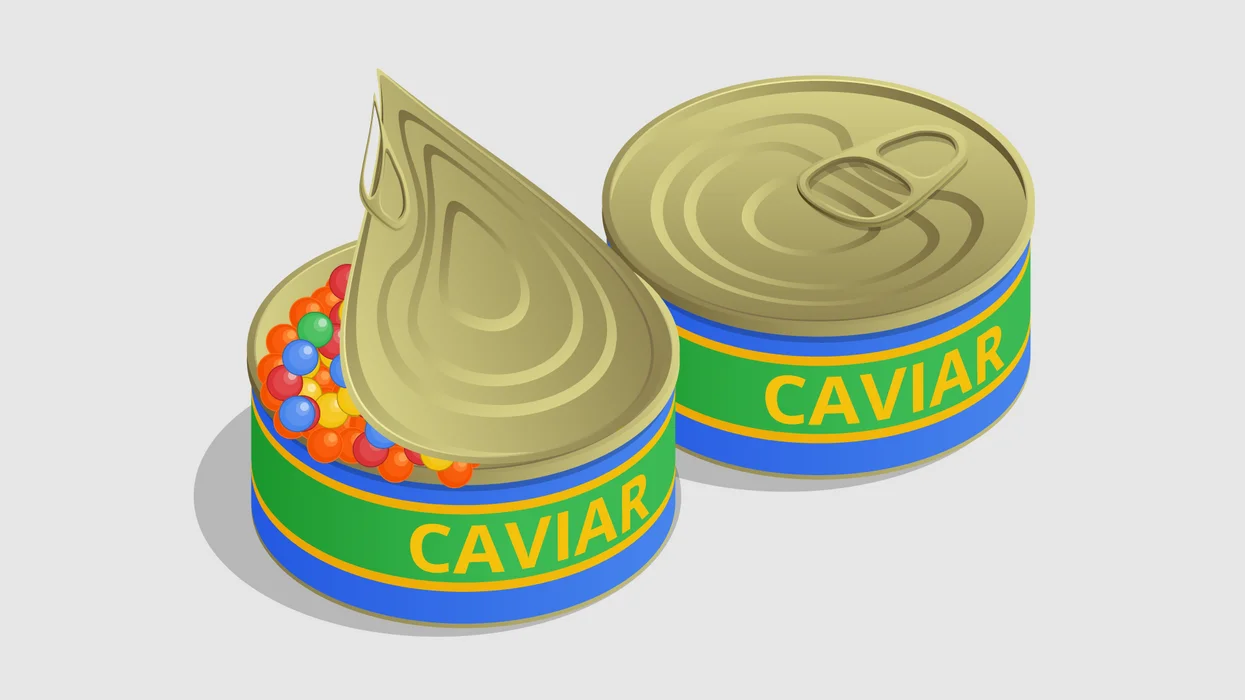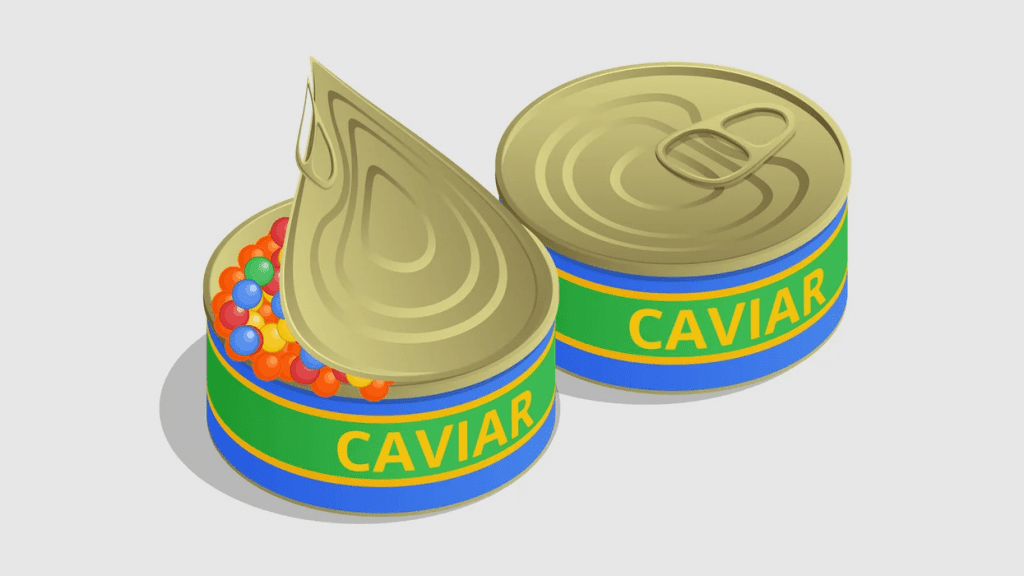As the leader of the VP9 and AV1 encoding formats, Google plans to make a new move in the field of encoding and decoding. According to foreign media Protocol reports, Google has set its sights on Dolby Vision and Dolby Atmos, and plans to launch a feature Competing video and audio encoding formats for both.

Dolby Vision and Dolby Atmos are currently the two most well-known encoding formats in the audio and video industry (similar to Dolby Vision and Samsung-led HDR10/HDR10+), and many streaming media platforms (Netflix, Disney+ and HBO Max are also available). Supported) and movies released in theaters will support these two standards as a selling point, and there is even Dolby Cinema built on this standard. In addition to film and television content, more and more display devices (such as TVs, monitors, mobile phones and tablets) support these two standards today.
Google hopes to offer HDR video and 3D audio under a new consumer-approved brand by introducing two new media formats for which hardware makers don’t need to pay licensing fees (just like the current AV1 encoding). format), while both Dolby Atmos and Dolby Vision require licensing fees.
Google’s plan is called Project Caviar, and from Google’s point of view, it is also common sense to launch a new codec. First of all, Google has its own hardware business, including Pixel phones, Chromebook notebooks, Nest smart speakers, and Chromecast streaming media devices. There are many product models. If you want these devices to support Dolby Vision or panoramic sound, Google needs to pay a lot of money for this. Licensing fees; secondly, Google also leads the development of the Android system. Devices using this system cover the low-end, mid-end and high-end markets. Mid- and low-end devices may themselves be sold at cost prices or lower than cost prices, and then pay a fee The licensing fee is also not conducive to Android devices to seize the low-end market; another point is that Google currently has the world’s largest video platform YouTube, so it can greatly help the promotion of new standards, and then with the help of Android devices, it can achieve a closed loop and open up The whole process of shooting, making, uploading and watching.
According to reports, the video encoding in the Project Caviar plan is based on HDR10+, and the 3D audio is based on the Immersive Audio Container format of the Open Media Alliance. As for when these two standards will be officially launched, there is no timetable yet.
#challenge #Dolby #Vision #Dolby #Atmos #Google #launch #open #media #format #News Fast Delivery #Chinese #Open #Source #Technology #Exchange #Community
